Imbalance of prioritization between humanities and STEM pervades Dougherty and the nation as a whole
Dougherty Valley High School students significantly prefer studies related to STEM careers over the humanities, a Wildcat Tribune survey shows.STEM studies include science, technology, engineering, and mathematics, while the humanities fall under language, history, literature, arts, religion, philosophy, law, anthropology, sociology, and other subjects related to human culture.
The newspaper’s online poll conducted through Google forms had a sample size of 603 Dougherty students from all grades and asked whether students plan on pursuing STEM or humanities careers.
By a wide margin — 71.3 percent of those polled — students wanted to pursue STEM careers and majors while 21.7 percent wanted to pursue humanities careers and majors. The rest chose option “other.” Several popular answers for other career choices were business and management and professional sports.
Of all students who preferred STEM, a majority wanted to study biology, engineering or computer science. Those who wanted to pursue humanities were mainly interested in graphic design and art, or law and politics.
The imbalance toward STEM reflect the same trends shown in national statistics and studies.
The number of humanities majors in college have been decreasing. According to Inside Higher Education, the most popular humanities majors, English and history, saw enrollment drops of 8 percent and 12 percent, respectively, between 2012 and 2014. Overall, the number of Bachelor’s degrees awarded in core humanities disciplines declined by 8.7 percent from 2012 to 2014 to 106,869, the lowest number of degrees awarded since 2003.
The figures are mainly due to an increased nationwide emphasis on the “hard sciences” and a desire to get ahead in the international race of innovation and technological advances. According to the National Center for Education Statistics, results from the 2012 Program for International Student Assessment (PISA) indicated that teenagers in the United States have dropped from 25th place to 31st place in math since 2009 and from 20th to 24th place in science.
Politicians in several areas across the United States, notably several Republicans such as U.S. Senator Marco Rubio, North Carolina’s governor Patrick McCrory and others, have also outspokenly taken a stance against the humanities, labeling them as frivolous, a waste of taxpayer’s money, hobbies and means of self-indulgence, the New York Times reports.
The nationwide desire to encourage more jobs in STEM has led to an increasing inability of humanities majors to find employment, a deterrent to prospective humanities majors. For example, computer science majors have an unemployment rate of 8.7 percent while English language and literature majors have an unemployment rate of 9.8 percent, according to Inside Higher Education.
A salary differential also has dissuaded those who might want to pursue the humanities. A journalism major can expect a salary of $32,000, compared to $50,000 for a computer science major, for example. The average salary for a STEM major is around $65,000 compared to about $43,100 for a humanities major, Business Insider reported.
In the Dougherty Valley survey, students indicated uncertainty about their passions but expressed their desire and plans to enter STEM fields because it’s a more realistic choice.
“I know that I would like to do something in the humanities. Writing is sort of my thing,” Junior Pooja Vyas said. “But I also feel like I have to be practical and find a STEM job in the future.”
A student also anonymously submitted a statement online saying, “I know that I told my parents I want to go into art, but they say it’s an unreasonable life choice and that I should study STEM. Maybe graphic design or a more digitally based art medium is probably easier to find a job in, but I like more traditional forms of painting and drawing. So I don’t really know what to do in the future honestly.”
As students increasingly feel it’s impossible to make a living with a humanities career and think that the humanities provide few useful skills or benefits, they opt to pursue STEM careers and fixate on STEM activities and classes. As a result, there is even less support for the humanities, and students perpetually lose out on the benefits that the humanities can provide.
“A lot of decisions [about classes and their funding] also have to be driven by student sign-ups,” Principal Dave Kravitz said.
For example, a lack of Dougherty student interest is the reason honors English classes are not offered in sophomore and freshman year, unlike other schools in the district such as California High School.
Employers have found that cultural awareness that usually comes with studying the humanities is lacking in STEM fields. Problems such as climate change, poverty and disease require knowledge of the cultural context surrounding these world issues: human relations, cultures, economies, politics, etc.
In the classroom, equal exposure to humanities and STEM can also increase students’ educational experiences.
Several students who participate in both humanities and STEM activities have testified that the exposure to both has increased the breadth of their education, allowing them to explore more about what they want to pursue in the future.
Senior Lauren Avilla has been active in both STEM and humanities at Dougherty. As an aspiring video game designer, she understands the necessity of both. She is president and founder of the Creative Writing Society Club, as well as a student in AP Computer Science regularly practicing her skills in coding. Over the years she has gradually gathered the skills necessary to allow her to pursue her dream.
Often, those planning to enter the field of video game design will study computer science to get a basic understanding of coding, like Avilla. Then they study psychology to understand the workings of the human mind and how characters would think and act in the game, and then writing and literature to effectively create characters and communicate ideas. This holistic combination of one’s exposure to diverse areas of study provides the widest scope of skills.
Avilla affirmed that “exposure to STEM and humanities helped me understand the complexity of the world we live in and what it takes for me to write a believable world.”
Senior Anjali Mishra, president of the Red Cross Club and captain of Public Forum Debate, is planning on pursuing biology. While the field she plans to enter is STEM-based, she notes that her experience in Debate has provided her with a lot of beneficial skills. Debate, a humanities activity, involves a comprehensive understanding of the world, culture and politics, and also requires skills in rhetoric, public speaking and writing when preparing cases and arguments.
“On a technical level, debate taught me how to research and how to read long, comprehensive PDFs within thirty minutes and still be able to understand what is being said, which is super important when I read scientific journals or studies,” she said. “But more importantly, debate gave me a global perspective that helped me realize that I want my career in scientific research to have impacts outside of the lab. I believe my aim to combine STEM with humanities gives me a huge advantage as I strive to be an interdisciplinary student who is not only knowledgeable about the past, but also involved in the modern advances of science.”
Mishra continued, “When I was doing research on the BRCA1 gene, I added a twist by searching deeper into how different populations, specifically Ashkenazi Jews, are affected by it. I think that was really interesting because it allowed me to develop unique perspectives that allowed me to offer more than just basic science facts. I love learning about the microscopic organization of the human body as well as the macroscopic societal interactions between populations. Interdisciplinary science is so crucial to combat the new problems our world faces with the increasing interconnectedness and I’m so excited to be a part of that.”
Administration is currently working to support and fund additional humanities classes in the future and teachers and curriculum leaders are also working across departments to foster connections across disciplines to increase interdisciplinary education.
“Our students are 14 to 18 years old and if you ask almost every adult, ‘Are you doing what you thought you’d be doing when you were 14?’ they’d say ‘no,’” Kravitz said. “But I feel like high school — and college — is the time to expose yourself to different things and find out what you’re passionate about. The right path to follow is to find your passion, learn about it, and then results and success will come. I don’t want students to think they have to pursue something because they heard it from someone, whether it be from peers, parents, or from anywhere else.”
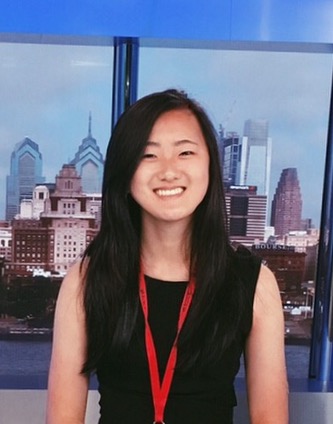
Amanda joined the Tribune in her sophomore year as an aspiring journalist and avid storyteller. In her sophomore year, Amanda was a Student Life Editor and was promoted to Managing Editor with Armaan Rashid...


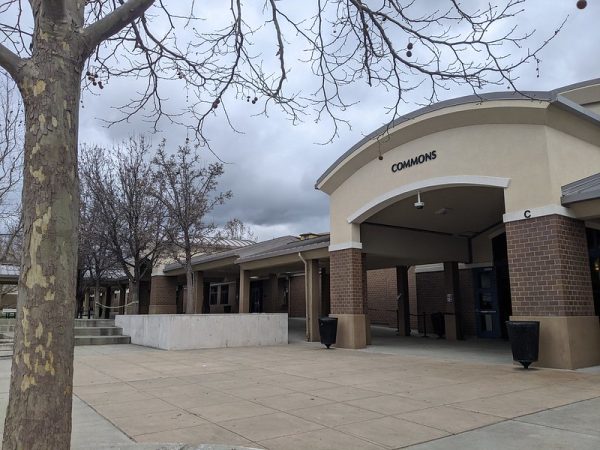

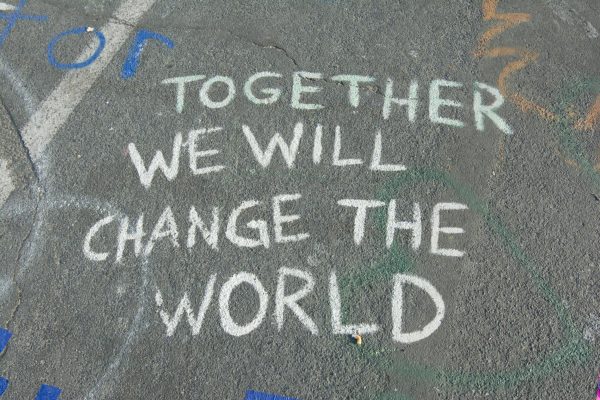
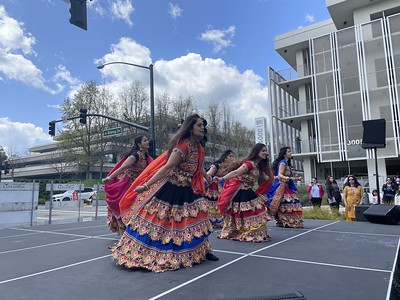


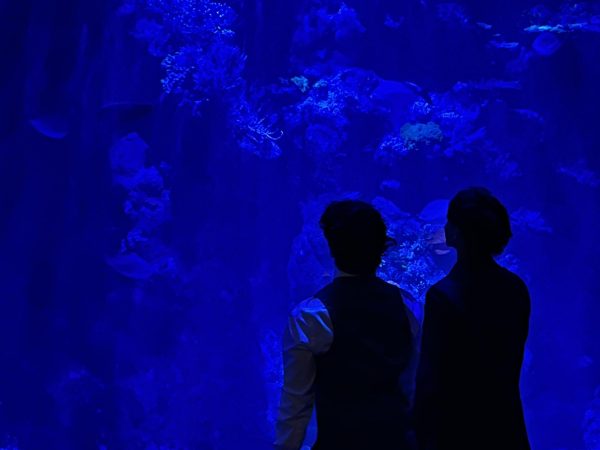

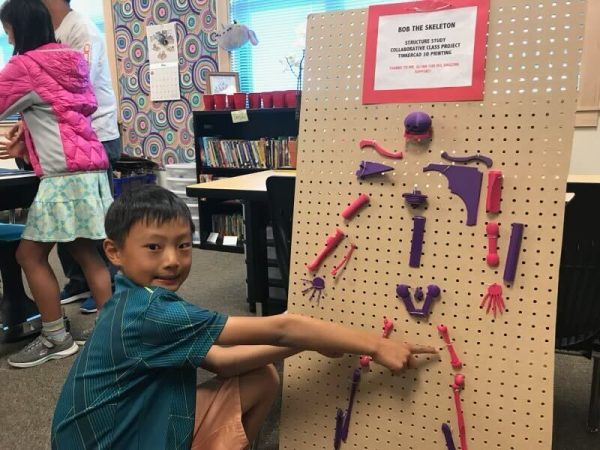
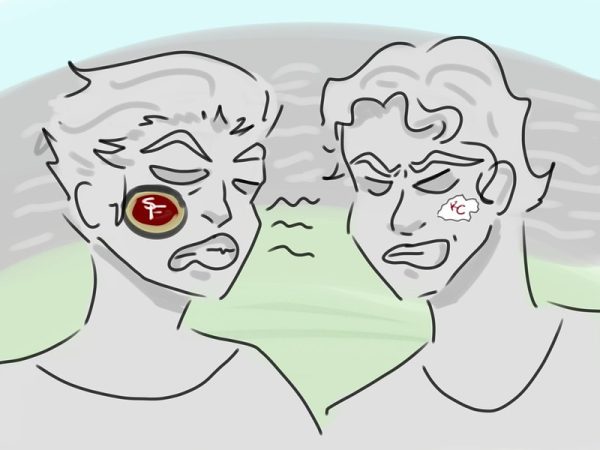
Brian Clair • Aug 11, 2020 at 4:46 am
Today’s students are tomorrow’s pioneers. Occupations in STEM-related professions are probably the quickest developing and best paid of the 21st century, and they frequently have the best potential for work development. The most ideal approach to guarantee future achievement and life span is to ensure that the students are well versed in these subjects. Building a strong STEM Foundation through a balanced educational plan is the most ideal approach to guarantee that understudies are presented to math, science, and innovation all through their instructive profession.